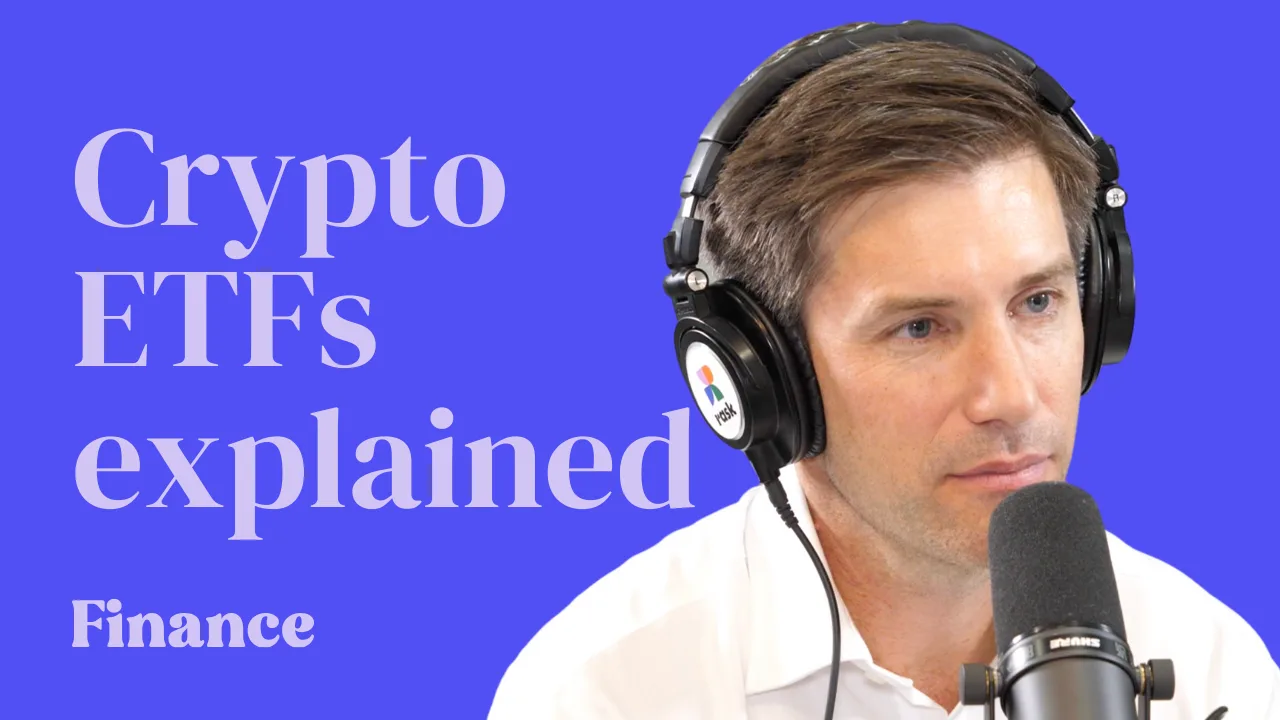Australia’s big banks make up around 20% of the share market, measured by market capitalisation and inclusion in the S&P/ASX 200 index.
It’s easy to see why ASX bank shares have been so popular since the early 1990s, when Australia experienced a recession and mortgage interest rates were over 15%!
One great thing about banks is that, for the most part, they are ‘implicitly’ protected from complete financial collapse or bankruptcy because a bank going out of business would be a political nightmare. In saying that, as we’ve seen recently, shareholder returns are never guaranteed.
Picking a PE
The ‘PE’ ratio compares a company’s share price (P) to its most recent full-year earnings per share (E). Remember, ‘earnings’ is just another word for profit. That means, the PE ratio is simply comparing share price to the most recent yearly profit of the company. Some experts will try to tell you that ‘the lower PE ratio is better’ because it means the share price is ‘low’ relative to the profits produced by the company. However, sometimes shares are cheap for a reason!
Secondly, some extremely successful companies have gone for many years (a decade or more) and never reported an accounting profit — so the PE ratio wouldn’t have worked.
Therefore, we think it’s critical to dig deeper than just looking at the PE ratio and thinking to yourself ‘if it’s below 10x, I’ll buy it.’
One of the simple ratio models analysts use to value a bank share is to compare the PE ratio of the bank/share you’re looking at with its peer group or competitors and try to determine if the share is too much or undervalued relative to the average. From there, and using the principle of mean reversion, we can multiply the profits/earnings per share by the sector average (E x sector PE) to reflect what an average company would be worth. It’s like saying, ‘if all of the other stocks are priced at ‘X’, this one should be too’.
If we take the BOQ share price today ($6.75), together with the earnings (aka profits) per share data from its 2020 financial year ($0.511), we can calculate the company’s PE ratio to be 13.2x. That compares to the banking sector average PE of 21x.
Next, take the profits per share (EPS) ($0.511) and multiply it by the average PE ratio for BOQ’s sector (Banking). This results in a ‘sector-adjusted’ PE valuation of $10.65.
BOQ DDM valuation
Given that ASX bank shares like BOQ tend to have a history of paying dividends — and they are relatively stable businesses like REITs or ETFs — we can use a modelling tool called a dividend discount model or DDM to do a valuation.
A DDM uses the dividends shareholders are ‘expected’ to receive to arrive at a valuation.
To make this DDM easy to understand, we will assume last year’s dividend payment ($0.12) climbs at a consistent rate into the future at a fixed yearly rate.
Next, we pick the ‘risk’ rate or expected return rate. This is the rate at which we discount the future dividend payments back to today’s dollars. The higher the ‘risk’ rate, the lower the share price valuation.
We’ve used an average rate for dividend growth and a risk rate between 6% and 11%.
This simple DDM valuation of BOQ shares is $2.29. However, using an ‘adjusted’ dividend payment of $0.00 per share, the valuation goes to $0.07. The expected dividend valuation compares to Bank of Queensland Limited’s share price of $6.75. Since the company’s dividends are fully franked, you might choose to make one further adjustment and do the valuation based on a ‘gross’ dividend payment. That is, the cash dividends plus the franking credits (available to eligible shareholders). Using the forecast gross dividend payment ($0.01), our valuation of the BOQ share price prediction to $0.10.
Don’t stop here
It goes without saying that these two valuation strategies are only the starting point of the process for analysing and valuing a bank share like BOQ. If we were looking at the shares and considering an investment, we’d want to know more about the bank’s growth strategy. Are the net interest margins holding up if they are pursuing more lending (i.e. interest income)? How are they dealing with regulation if they seek more non-interest income (fees from financial advice, investment management, etc.)?
Finally, it’s always important to make an assessment of the management team. For example, when we pulled data on Bank of Queensland Limited’s culture we found that it wasn’t a perfect 5/5. No company has a perfect culture, of course. However, culture is one thing we think about a lot when analysing companies to buy and hold over the very long-term (10+ years).









